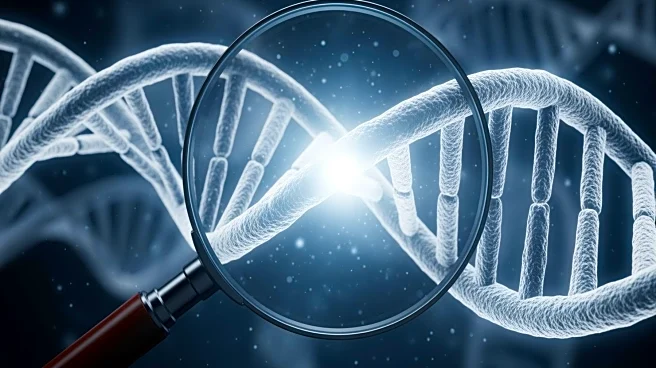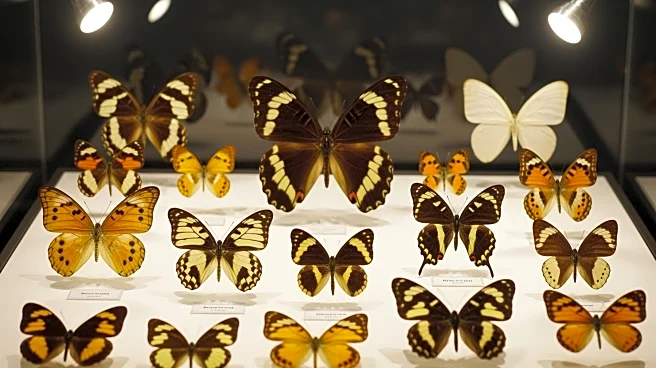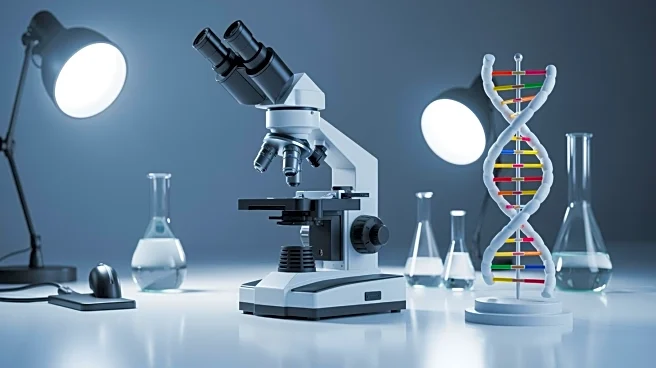What's Happening?
Recent research has uncovered that the remarkable longevity of naked mole-rats may be attributed to subtle changes in just four amino acids. These changes occur in the enzyme cGAS, which is part of the innate
immune system responsible for detecting DNA and triggering immune responses. Unlike in humans and mice, where cGAS can hinder DNA repair, in naked mole-rats, these mutations enhance the enzyme's ability to repair age-related genetic damage. Naked mole-rats, known for their wrinkled appearance, can live up to 40 years, significantly longer than other rodents of similar size. Their genetic makeup is closer to humans than to mice, making them a valuable model for studying longevity and genome stability. The study highlights that the naked mole-rat's version of cGAS remains active longer after DNA damage, allowing it to interact more effectively with DNA repair proteins, thus enhancing the homologous recombination repair process.
Why It's Important?
The findings from this study could have significant implications for understanding the mechanisms of aging and longevity in mammals, including humans. By identifying how naked mole-rats maintain genome stability, researchers may uncover new strategies for enhancing DNA repair in humans, potentially leading to breakthroughs in age-related diseases and cancer prevention. The study suggests that small molecular changes can have profound effects on lifespan, offering insights into how genetic engineering might be used to extend healthy lifespans in other species. This research could pave the way for developing therapies that mimic the naked mole-rat's DNA repair mechanisms, providing a natural means to combat aging and improve healthspan.
What's Next?
Further research is needed to explore the roles of cGAS in other organisms and to understand the broader implications of these findings. Scientists may investigate whether similar amino acid substitutions can be applied to other species to enhance DNA repair and longevity. Additionally, the study opens avenues for exploring how these mechanisms can be harnessed in medical applications, potentially leading to new treatments for age-related conditions. The research community will likely focus on the potential for translating these findings into practical interventions for human health.
Beyond the Headlines
The study of naked mole-rats' unique DNA repair mechanisms also raises ethical and philosophical questions about the pursuit of longevity. As scientists explore genetic modifications to extend lifespan, considerations about the societal and ecological impacts of significantly longer human lifespans will become increasingly important. The research highlights the complexity of genetic interactions and the potential for unforeseen consequences in genetic engineering, emphasizing the need for careful consideration and regulation in the application of such technologies.











